1. Route 66 – The “Mother Road” of Myth and Marketing
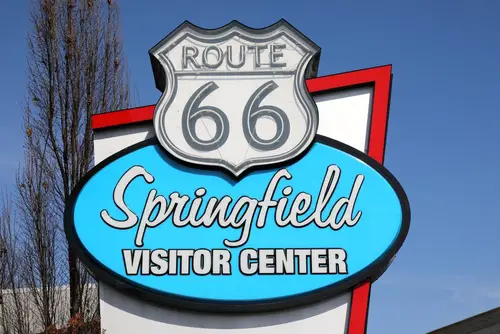
Route 66 isn’t just a road; it’s practically a character in American history. Stretching from Chicago to Santa Monica, it became famous in the 1930s as Dust Bowl migrants followed it west in search of a better life. Later, it transformed into a symbol of freedom during the postwar boom, with neon signs, diners, and motels popping up along its path. What people sometimes forget is that much of its fame was manufactured through marketing and pop culture rather than sheer necessity.
By the 1970s, interstates had replaced most of Route 66, and whole towns dried up almost overnight. The “Get Your Kicks on Route 66” vibe actually masked a lot of economic pain for communities left behind. Today, travelers chase the nostalgia of the road trip era without realizing how hard its decline hit locals. It’s a road built on both dreams and disappointments, which makes its backstory stranger than the sunny postcards suggest.
2. U.S. 1 – America’s Oldest Highway Corridor

U.S. 1 runs from Maine to Key West, tracing much of the nation’s eastern spine. Long before asphalt, parts of it were Indigenous trails and colonial post roads. George Washington even traveled stretches of what would become U.S. 1. Visitors driving it today often have no clue they’re rolling over centuries of layered history.
What makes it even stranger is how U.S. 1 straddles extremes. In Maine, it’s quiet and forested, but by the time you reach Miami, it’s congested and chaotic. Down in the Florida Keys, the highway suddenly feels like a tropical causeway barely holding the ocean back. It’s a single road that tells very different stories depending on where you are.
3. U.S. 20 – Longer Than You Think
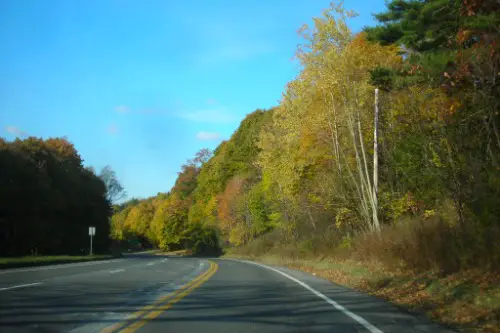
Most people assume Route 66 is America’s iconic long road, but U.S. 20 is actually the longest. It runs an astonishing 3,365 miles from Boston to Newport, Oregon. If you drove it straight through, it would take nearly a week without stopping. It’s quietly been there all along, hiding behind Route 66’s spotlight.
The strange part is that U.S. 20 passes right by Yellowstone National Park, and yet many travelers don’t even realize they’re on such a historic stretch. For decades, parts of the road were cut off by Yellowstone itself until a connector was added in 1940. This created odd detours that shaped small towns along the way. U.S. 20 may not have the fame, but its backstory makes it an underdog worth noticing.
4. U.S. 61 – The Blues Highway
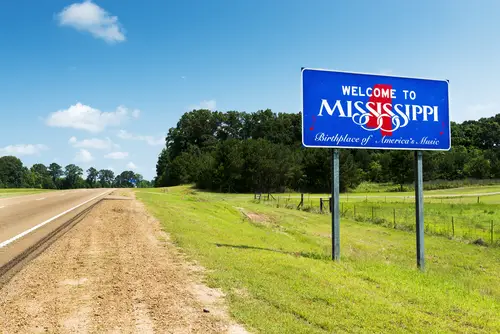
Known as the “Blues Highway,” U.S. 61 runs from New Orleans to Minnesota. Musicians like Muddy Waters and B.B. King grew up near its route, and the road carried their sound north during the Great Migration. The legend of Robert Johnson selling his soul at the crossroads? That crossroads sits along U.S. 61 and U.S. 49 in Clarksdale, Mississippi.
Yet while it’s celebrated for culture, it’s also a road tied to hardship. Families fleeing Jim Crow laws used it to seek opportunity in Chicago and beyond. It was both an escape route and a pipeline of cultural influence. People drive it today for its scenery, but its true story is soaked in struggle and music.
5. U.S. 50 – The Loneliest Road in America
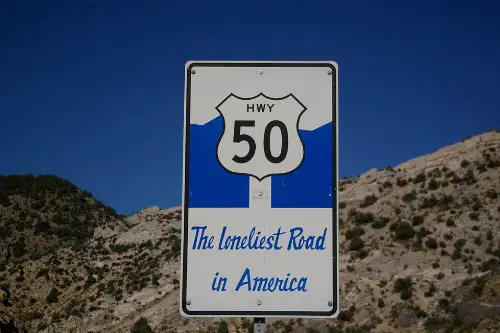
When Life magazine dubbed Nevada’s stretch of U.S. 50 the “Loneliest Road in America” in 1986, it wasn’t meant as a compliment. The article basically warned travelers to avoid it. Locals, however, turned the jab into a tourism campaign, proudly embracing the road’s emptiness. Now, drivers get “survival kits” stamped in small towns to prove they made the trek.
But the loneliest road is more than just silence and sagebrush. It actually follows paths used by Pony Express riders and early pioneers. Abandoned mining towns dot the landscape, whispering of booms and busts. That mix of isolation and hidden history gives U.S. 50 its peculiar charm.
6. U.S. 83 – The Spine of the Great Plains
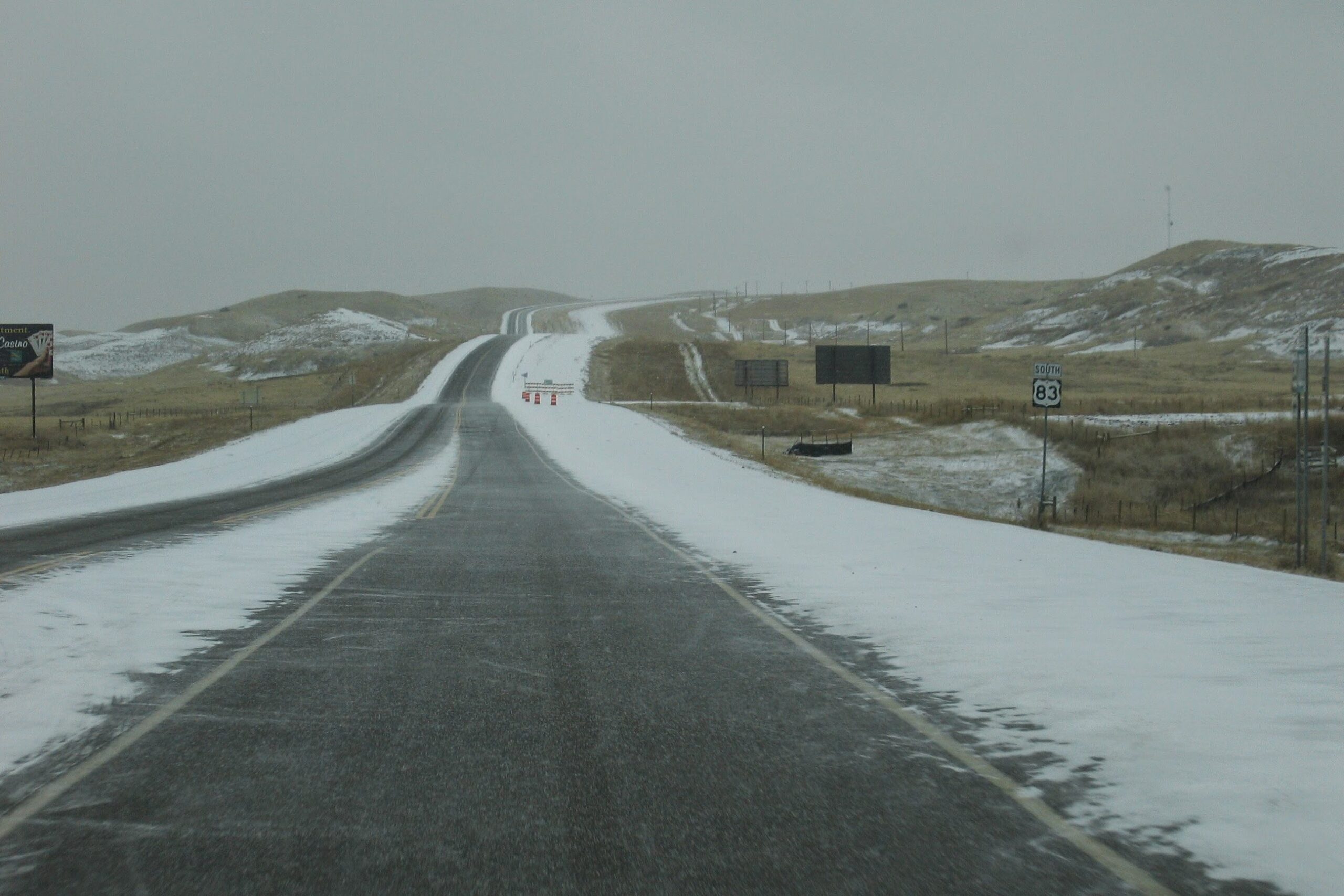
U.S. 83 is one of the few highways that cuts almost straight north to south, stretching from Canada to Mexico. It slices through the Great Plains, linking tiny towns most outsiders never visit. Some locals call it “The Road to Nowhere” because it avoids big cities almost entirely. Yet that’s exactly why it tells such an overlooked story.
The road became a lifeline for farmers, ranchers, and oil towns that would otherwise be cut off. During the Dust Bowl, U.S. 83 carried desperate families away from ruined fields. Today, travelers find quirky museums, prairie vistas, and remnants of frontier history. It’s a forgotten backbone of America, and its backstory is stranger than its quiet reputation suggests.
7. U.S. 30 – The Lincoln Highway
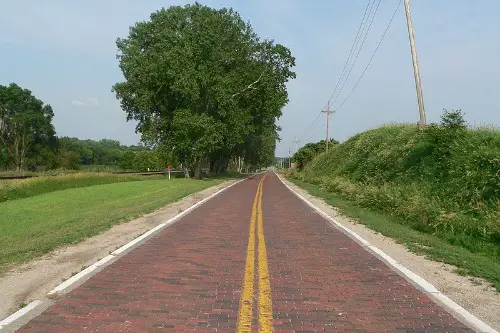
U.S. 30 holds the honor of being the country’s first coast-to-coast highway, originally part of the Lincoln Highway project. When it debuted in 1913, drivers had to deal with unpaved stretches, unreliable signage, and plenty of mud. Automakers and gas companies pushed the highway as a way to sell cars and fuel. It was less about convenience and more about creating demand.
Over time, U.S. 30 absorbed much of the Lincoln Highway’s route, making it a living piece of history. What’s odd is that while it carried early motorists into the future, much of its path today feels stuck in time. Small towns along it still boast vintage motels, murals, and monuments. It’s a strange blend of progress and preservation rolled into one road.
8. U.S. 2 – Almost Canadian
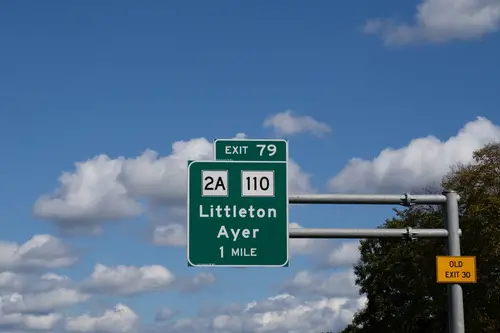
U.S. 2 runs across the northern tier of the country, practically hugging the Canadian border. At over 2,500 miles, it feels more like an international sibling than a typical U.S. highway. The road passes through remote landscapes in Montana and North Dakota where you’ll find more grain silos than gas stations. Visitors often underestimate just how isolated parts of it are.
The highway also has a split personality. There’s an eastern segment that runs through New England and an entirely separate western stretch crossing the northern plains. For years, the middle was never fully connected, leaving odd gaps that confused travelers. That fractured history makes U.S. 2 as quirky as the borderlands it shadows.
9. U.S. 11 – A Civil War Road in Disguise
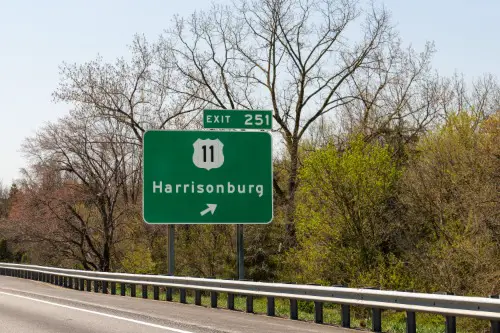
Running from Louisiana to New York, U.S. 11 doesn’t get much fanfare today. But during the Civil War, parts of its path in Virginia and Pennsylvania were major troop routes. The Battle of Antietam and the Gettysburg Campaign both unfolded near what would later become U.S. 11. So, you might be casually driving past battlefields without even realizing it.
The highway later became a major route before interstates overshadowed it. What makes its backstory stranger is how ordinary it looks today—just strip malls and truck stops. Beneath that surface, though, it carries layers of war, migration, and industrial growth. It’s a ghost of past conflicts disguised as a modern road.
10. U.S. 40 – The National Road
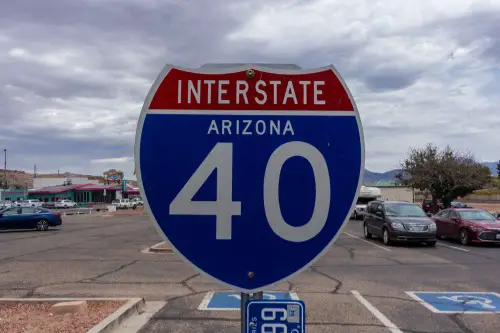
U.S. 40 is built on the bones of the National Road, the country’s first federally funded highway. In the early 1800s, it was a big deal—America’s first attempt at building infrastructure to connect east and west. Stagecoaches and wagon trains relied on it long before cars. By the 20th century, U.S. 40 absorbed much of its original path.
What makes it odd today is how forgotten it feels compared to newer highways. You’ll find historic stone mile markers, crumbling inns, and old taverns sitting quietly along its route. Towns that once thrived on travelers now watch traffic pass them by on nearby interstates. It’s a reminder of how quickly “essential” roads can fade into the background.
11. U.S. 101 – California’s Old Royal Road
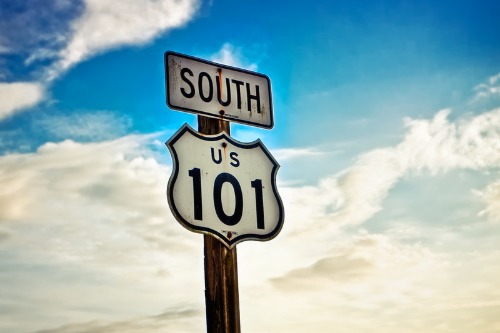
U.S. 101 runs along the West Coast, but in California, much of it follows El Camino Real, the old Spanish “Royal Road.” This was the path connecting 21 Catholic missions built during colonization. The highway inherited not just the route but also the cultural baggage that came with it. Tourists might just see beaches and redwoods, but the road is layered with centuries of contested history.
Adding to its strangeness, you’ll find mission-style bells hanging along stretches of U.S. 101. These were placed in the early 20th century to romanticize Spanish colonial history, even though the missions had a darker legacy for Indigenous people. The highway’s identity is tangled between myth and reality. Driving it means passing through centuries of California’s reinvention.
12. U.S. 212 – The Road to the Battle of Little Bighorn
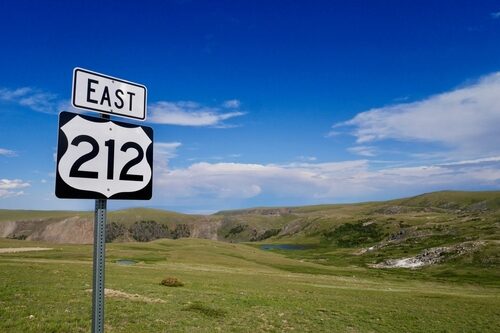
U.S. 212 might not sound famous, but it leads straight to the Little Bighorn Battlefield in Montana. This is where Lakota, Cheyenne, and Arapaho warriors defeated Custer’s 7th Cavalry in 1876. Tourists often stumble on it as just another rural road, but it’s tied to one of the most studied battles in American history. The landscape looks calm, but its past is anything but.
The highway also serves as a modern trade route through remote reservations and ranchlands. Its history as a battlefield road contrasts with its current role as a quiet connector. That duality—ordinary yet iconic—is what makes U.S. 212 stand out. It’s a reminder that even the smallest highways can carry some of the country’s heaviest stories.
This post 12 U.S. Highways With Backstories Stranger Than Visitors Imagine was first published on American Charm.


